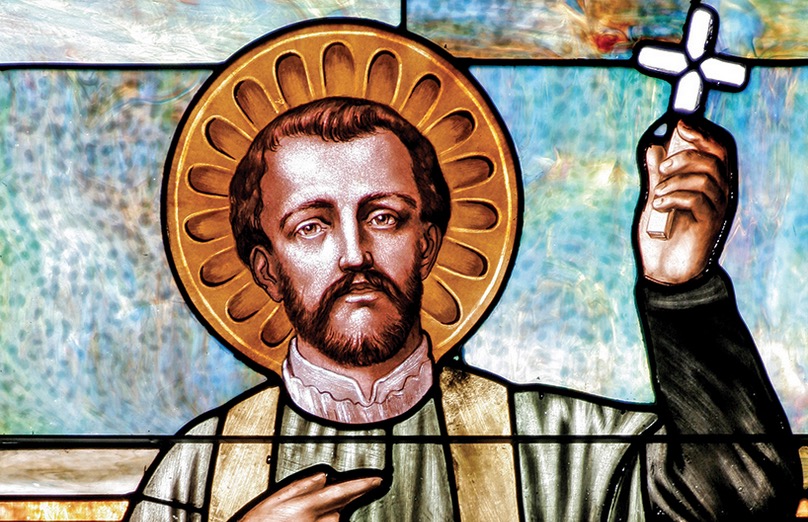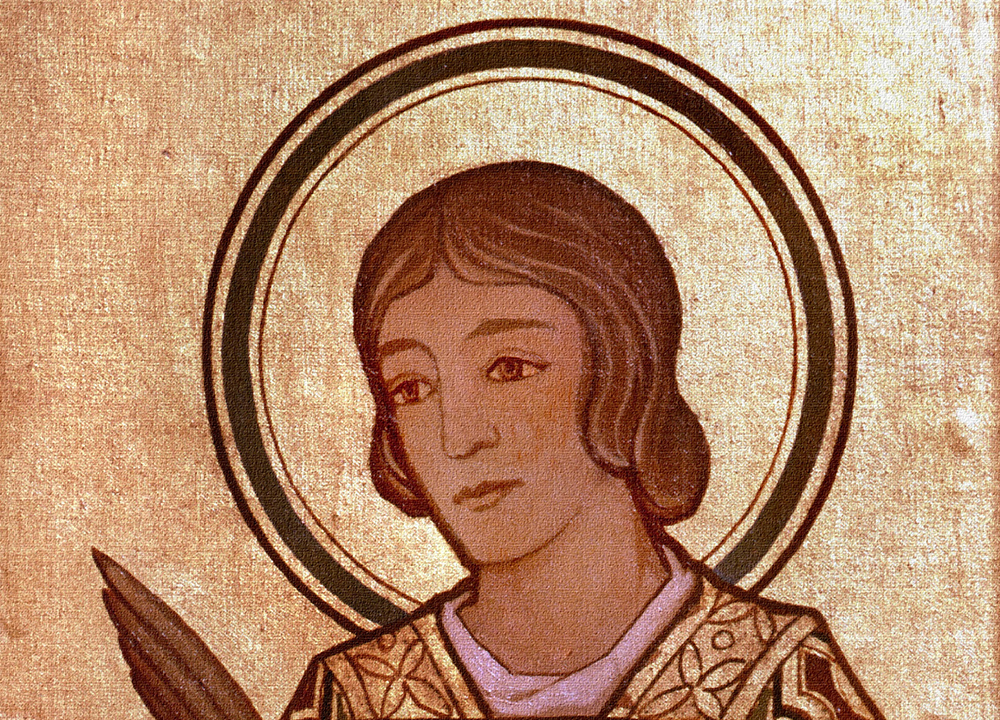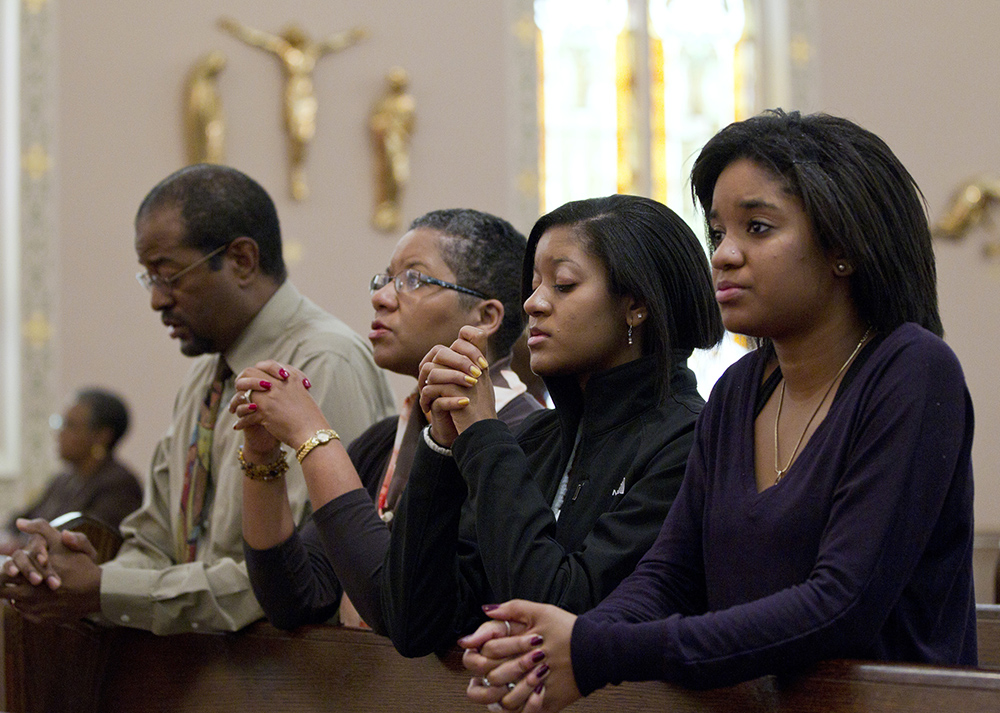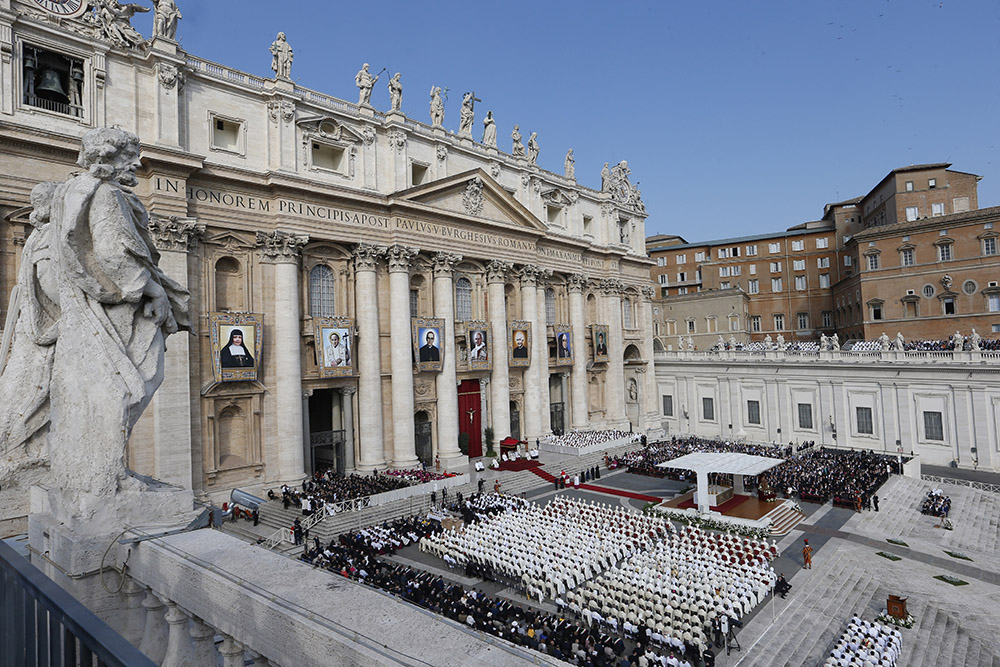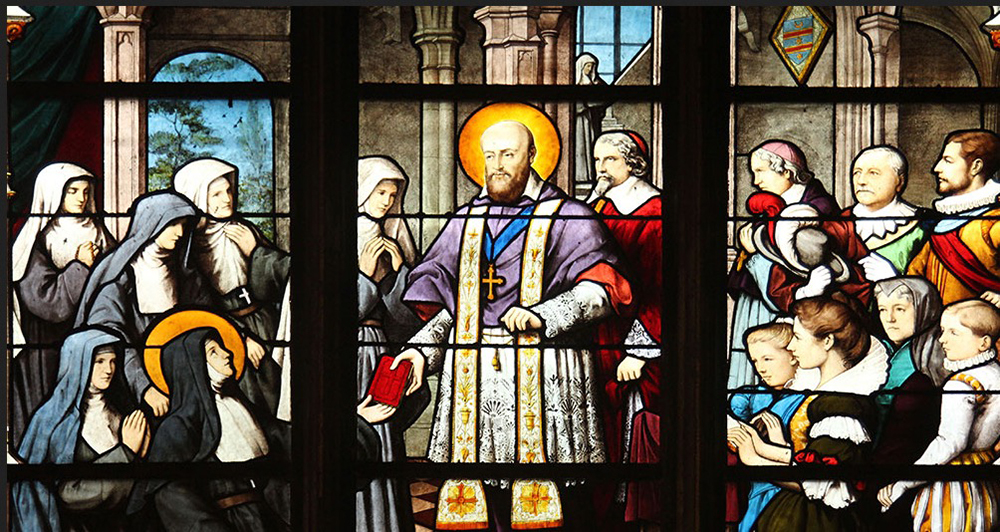St. Francis Xavier (1505-1552) was born into nobility, the youngest child in a family of wealth and honor. While at university in Paris, he roomed with future saint Peter Faber, and the two were later joined by another roommate about a generation later — future saint Ignatius of Loyola.
Loyola convinced Faber to become a priest, but a similar success with Xavier would require more work on Loyola’s part. The athletic young Xavier wanted a career that promised the allurements of worldly success. Of course, over time Loyola prevailed upon Xavier, and the three roommates were among the seven original members of the Society of Jesus founded by Loyola. All seven took first vows in Paris in 1534.
From that time the Jesuits have taken a special fourth vow — in addition to the tradition evangelical counsels of poverty, chastity and obedience — of obedience to the pope. Like the other founding members of the Jesuit order, Xavier originally intended to serve in the Holy Land and bring conversion to “the infidels” who were sabotaging the biblical lands.
This was the Age of Exploration, when European powers were laying claim to foreign lands. The Portuguese government asked the pope to send Jesuits to their new territories in the Near East. Although Loyola had not picked Xavier at first, he became the first Jesuit missionary by happenstance, because one of Loyola’s first choices took ill at the last minute. Xavier began the voyage east in 1541, following a private audience with Portugal’s king and queen.
Destined to die by the age of 46, St. Francis Xavier devoted his remaining years planting the seeds of the Gospel throughout India and Asia. To support Xavier in his work, the pope had named him his own representative in the new mission field, appointing him apostolic nuncio to the East.
Xavier first came to Goa, initially settled by the Portuguese a few decades earlier. These first European settlers in southern India lived scandalously, and so the king’s primary orders to Xavier was to restore them to the Faith. Xavier’s initial approach was to focus his ministry on the peripheries, beginning with outreach to those on the margins, especially the sick and children.
For over three years, Xavier’s preaching preaching in southern India resulted in a large number of conversions and the establishment of many churches. He continued this work in modern-day Sri Lanka and a variety of Portuguese-controlled islands as well.
In 1547, Xavier met an exiled Japanese criminal named Anjirō, from whom he learned about Japan and its cultural prohibition on outsiders. Xavier desired to bring the Gospel there. Anjirō became the first Japanese Christian and accompanied Xavier on his mission there, serving as an interpreter and guide.
In Japan, Xavier found it difficult to meet with local rulers. To present himself as important, he dressed up and had his attendants present him with gifts. Subsequently, he presented himself as a diplomat representing the Portuguese king, presenting a ruler with gifts. This opened the door for his evangelization in Japan, the first to spread the Gospel on the island.
It took great effort for Xavier to learn the language, and the Japanese were not easily converted. But the “Apostle of Japan” baptized around 2,000 souls there. He opined that “among all unbelievers, no finer people will be found than the Japanese.”
After returning to India briefly to tend to a variety of issues that needed his attention, Xavier desired to set out for China, which was harder to enter than Japan. But he died en route on Dec. 3, 1552.
His feast day is Dec. 3.
Michael R. Heinlein is editor of Simply Catholic. Follow him on Twitter at @HeinleinMichael.

